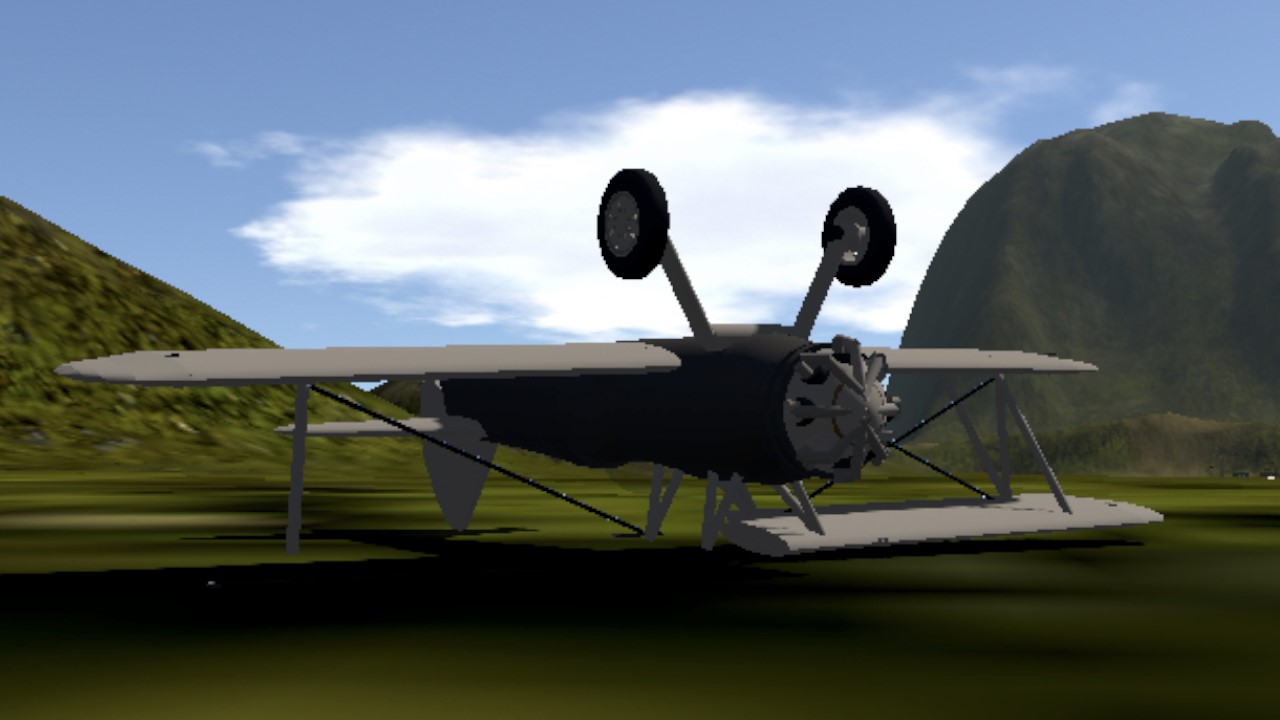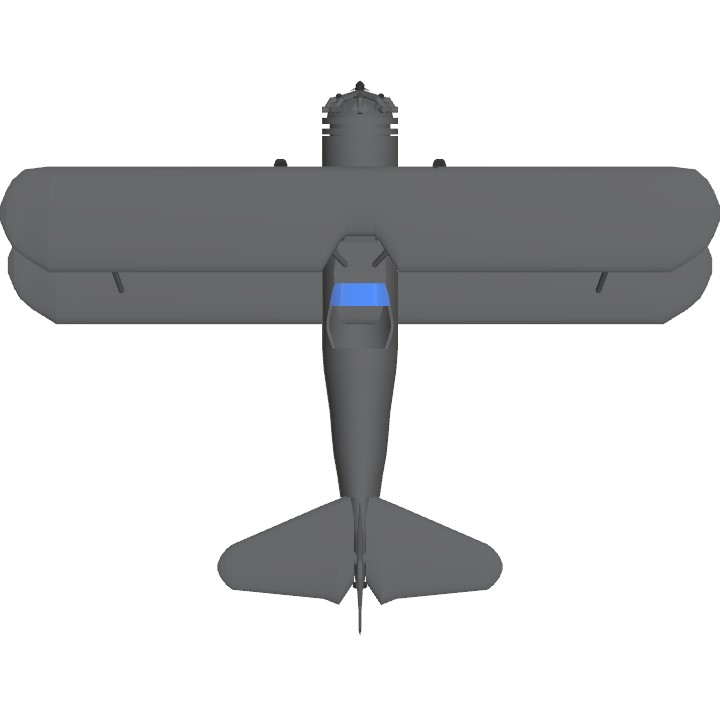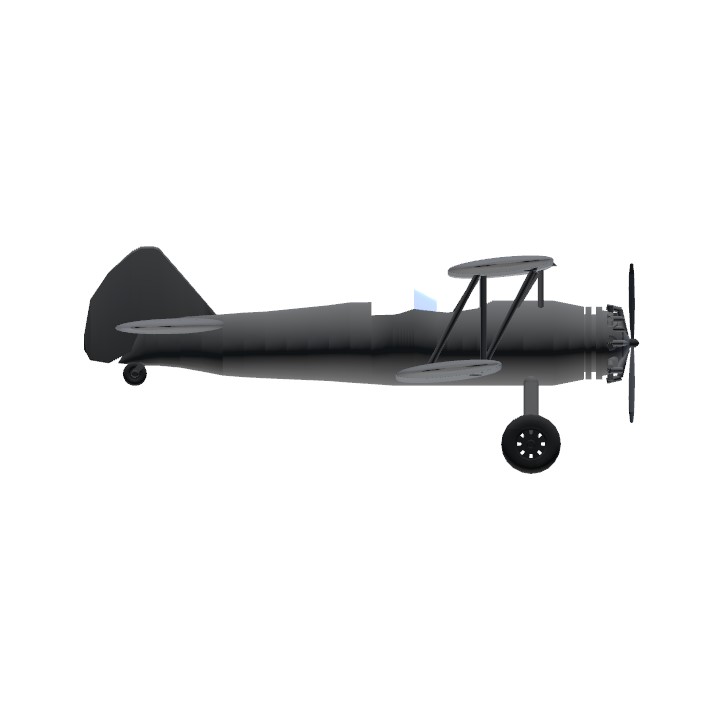It is pretty hard to fly but it’s possible.
Boeing-Stearman Model 75 Operational History: Post-war usage
After World War II, thousands of surplus PT-17s were auctioned off to civilians and former military pilots. Many were modified for crop-dusting use, with a hopper for pesticide or fertilizer fitted in place of the front cockpit. Additional equipment included pumps, spray bars, and nozzles mounted below the lower wings. A popular approved modification to increase the maximum takeoff weight and climb performance involved fitting a larger Pratt & Whitney R-985 Wasp Junior engine and a constant-speed propeller.
Development In late 1933, Stearman engineers Mac Short, Harold W. Zipp, and J. Jack Clark took a 1931 Lloyd Stearman design, and added cantilever landing gear and adjustable elevator trim tabs, to produce the Model 70. Able to withstand +12g and -9g, the aircraft was powered by a 210-hp Lycoming R-680, first flew on 1 January 1934, before flight tests were conducted at Wright Field, Naval Air Station Anacostia, and Pensacola. The Navy then requested a similar model built to Navy specifications, including a 200-hp Wright J-5 engine. The resultant Model 73, was designated NS-1 by the Navy, of which 41 were ordered, including enough spares to build another 20 aircraft.[3]
In the summer of 1934, Stearman engineers refined the Model 73 into the Model X75. The Army Air Corps evaluated the plane that autumn, powered by a 225-hp Wright R-760 or a 225-hp Lycoming R-680. In July 1935, the Army Air Corps ordered 26 with the Lycoming engine, designated the PT-13A, while the navy ordered an additional 20. In August 1936, the Army ordered an additiional 50 PT-13As, followed by another 30 in October, and another 28 in December. Simultaneously, the company received orders for its primary trainer from the Argentinian navy, the Philippine Constabulary Force, and the Brazilian Air Force. In January 1937, the army ordered another 26 PT-13As.[3]
On 6 June 1941, the U.S. government issued Approved Type Certificate No. 743 for the civilian version of the Model 75. Designated the Model A75L3 (PT-13) and Model A75N1 (PT-17), about 60 were sold to civilian flights schools such as Parks College of Engineering, Aviation and Technology, and for export.[3]:?148?
On 15 March 1941, the company delivered the 1000th trainer to the Army, and the 1001st trainer to the Navy. Then on 27 August 1941, the company delivered the 2000th trainer to the Army. On 27 July 1944, the company delivered its 10,000th primary trainer.[3]:?145–148,?168?
The Kaydet was a conventional biplane of rugged construction, with a large, fixed tailwheel undercarriage, and accommodation for the student and instructor in open cockpits in tandem. The radial engine was usually not cowled, although some Stearman operators choose to cowl the engine, most notably the Red Baron Stearman Squadron.
Specifications
General Characteristics
- Predecessor Bi-Plane Challenge [CLOSED]
- Created On iOS
- Wingspan 19.4ft (5.9m)
- Length 14.9ft (4.5m)
- Height 6.1ft (1.9m)
- Empty Weight 8,225lbs (3,730kg)
- Loaded Weight 8,845lbs (4,012kg)
Performance
- Power/Weight Ratio 0.914
- Horse Power/Weight Ratio 5.652
- Wing Loading 57.2lbs/ft2 (279.4kg/m2)
- Wing Area 154.6ft2 (14.4m2)
- Drag Points 2576
Parts
- Number of Parts 182
- Control Surfaces 14
- Performance Cost 735





@MrCOPTY
@CR929thenewSPplayer tbh it’s my most realistic aircraft I’ve built
You really tried, some of my planes can't even fly